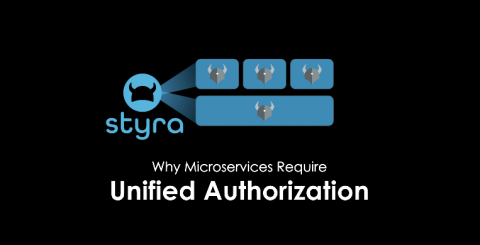The Importance of Request Timeouts
Networks are unreliable. Third-party dependencies, like APIs, are unreliable. This is why we build resiliency into our applications and services. Most prep work is focused around HTTP requests, but an aspect of them that is often overlooked is timeouts.





